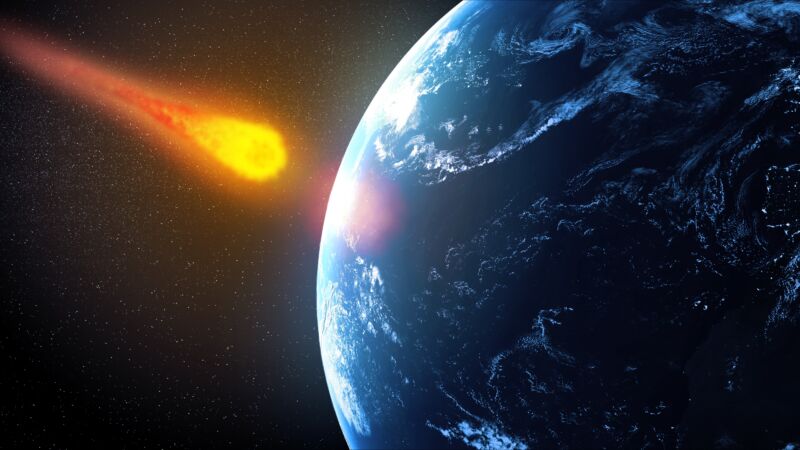
Enlarge / We'd like to avoid this. (credit: Science Photo Library/Andrzej Wojcicki/Getty Images)
In 2005, the United States Congress laid out a clear mandate: To protect our civilization and perhaps our very species, by 2020, the nation should be able to detect, track, catalog, and characterize no less than 90 percent of all near-Earth objects at least 140 meters across.
As of today, four years after that deadline, we have identified less than half and characterized only a small percentage of those possible threats. Even if we did have a full census of all threatening space rocks, we do not have the capabilities to rapidly respond to an Earth-intersecting asteroid (despite the success of NASA’s Double-Asteroid Redirection Test (DART) mission).
Some day in the finite future, an object will pose a threat to us—it’s an inevitability of life in our Solar System. The good news is that it’s not too late to do something about it. But it will take some work.
Read 35 remaining paragraphs | Comments
Ars Technica - All contentContinue reading/original-link]




